Xiaomi officially introduced HyperOS, the new operating system (OS) that replaced the MIUI interface, this Thursday (26). During the Xiaomi 14 announcement event, the company announced software features and strengthened connectivity between its products.
Briefly announced last week and in a few details, HyperOS is based on Android and is expected to be released worldwide in 2024.. According to the company, it took seven years to develop and was a “rebuild” of the system the company used.
Highlights include open source development, cross-connectivity between devices, security and privacy, as well as a point to facilitate communication between connected electronic devices.
The new system is already pre-installed on the new Xiaomi 14 series. The company says it’s compatible with more than 200 processor platforms, including companies like Qualcomm and MediaTek. The company emphasizes that HyperOS can take up less storage space than its competitors such as iOS, reaching 8.75 GB on the Xiaomi 14 Pro.
HyperOS should also make mobile device hardware easier to use. The idea is to perform activities faster, but without putting too much load on the CPU, GPU or memory. The system promises stable frame rates and low power consumption for games.
Renewed interface
Besides adding new features for HyperOS, Xiaomi has also introduced changes to the appearance. In addition to further customizing lock screens, users will have new and interactive widgets. For example, the weather forecast will adapt to the local climate by showing animations of falling drops, cloudy skies, or blue skies.
The new “Control Center” has also been redesigned. In addition to new round-shaped icons, “widgets” can be contextual. For example, if the user is close to their smart bulb, their shortcuts will appear immediately.. The same goes for connected speakers, air conditioning units and the like.
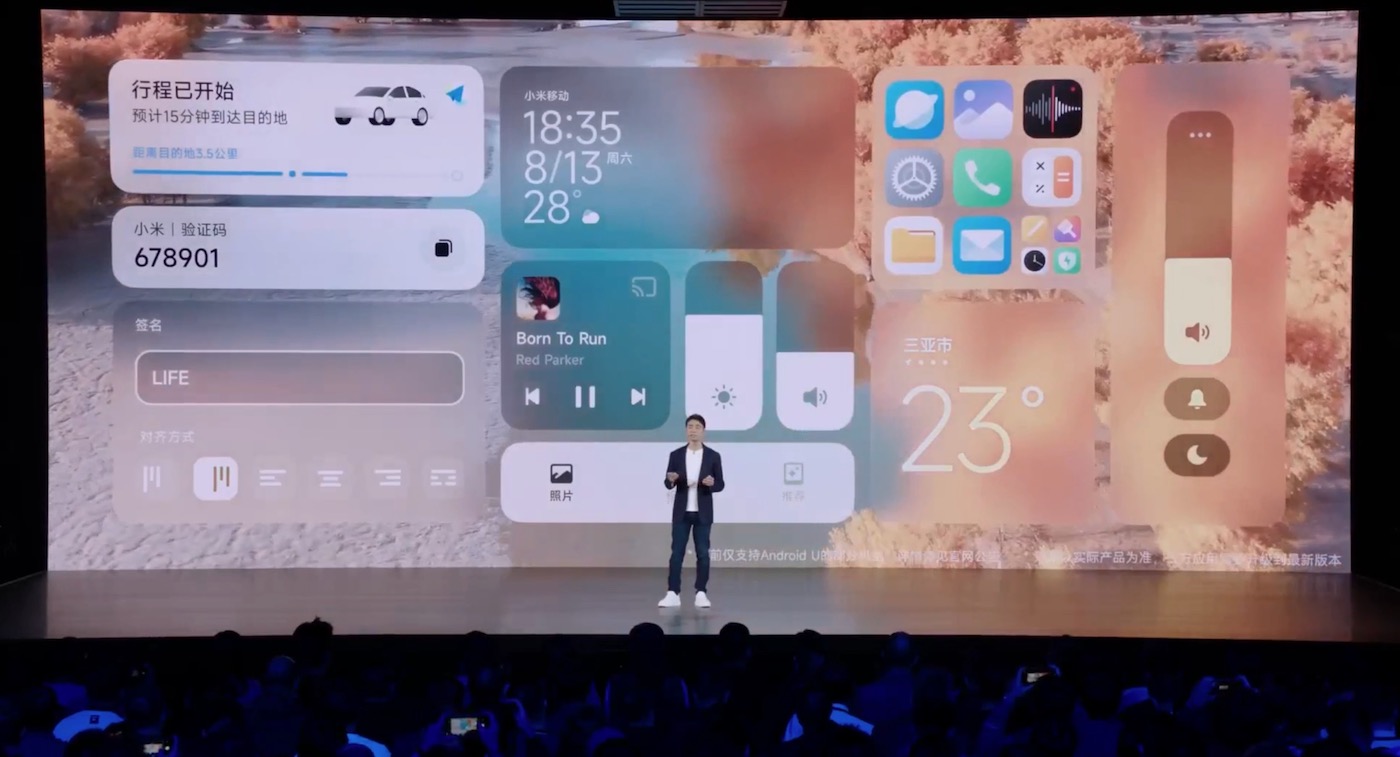
The mobile connection button now makes it easier to connect between devices. This will make it easier to share the network between the brand’s products such as mobile phones and tablets. Again, with this connection, the user can use the mobile phone camera and see the feedback on the tablet screen.
The company quickly showed off a new feature similar to Dynamic Island on the iPhone 14 and 15 Pro. With it, the system will display contextual information such as the headphone battery at the top edge of the screen and also cover the surrounding area. front camera.
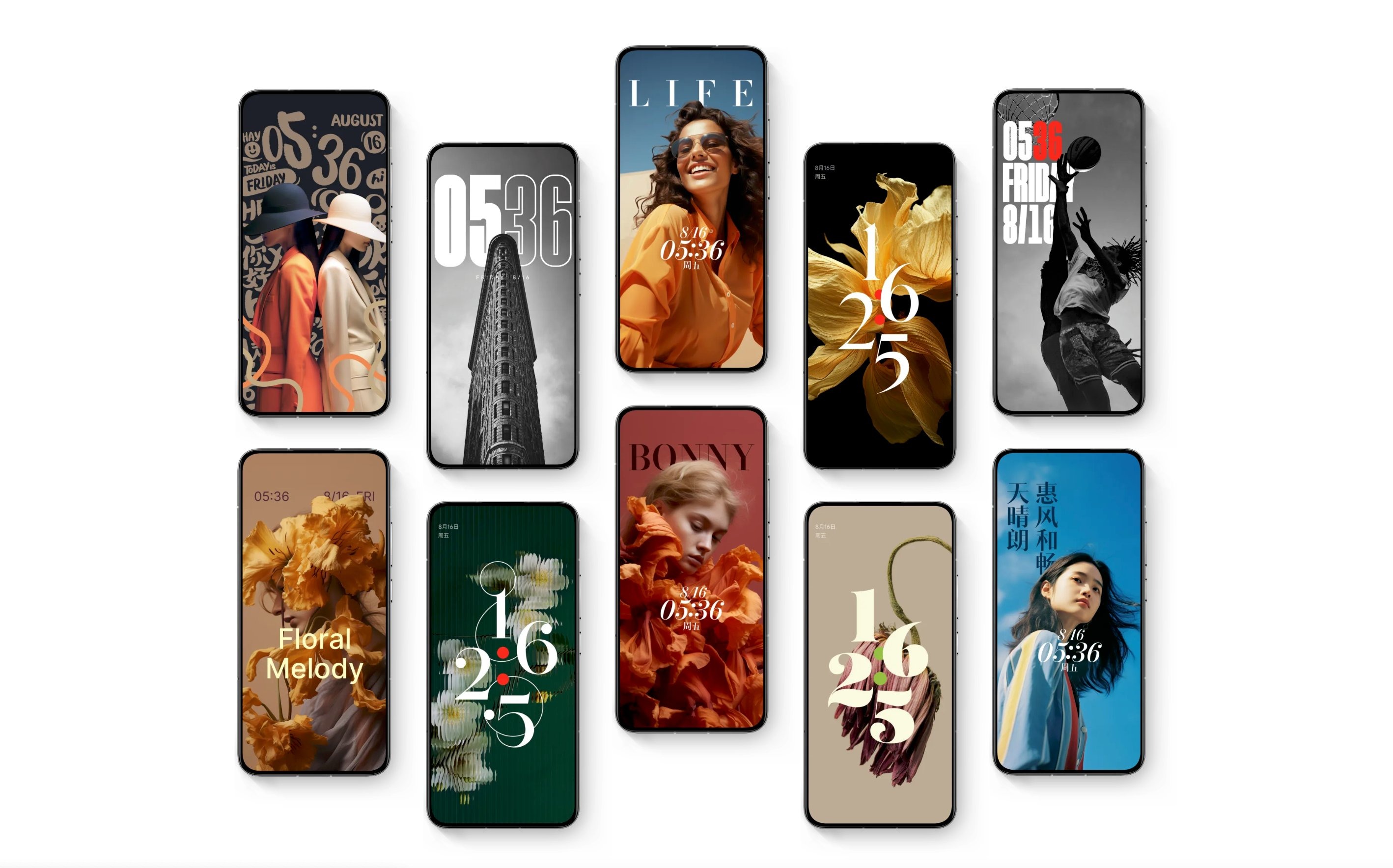
For video calls, users will be able to use the front and rear cameras simultaneously. This allows you to view both the person speaking and the scene they are watching.
New artificial intelligence features
Xiaomi also highlighted new features based on HyperOS’s generative artificial intelligence (AI). The system might look like this, for example: Recognizes simple drawings such as houses and animals and creates a new, more detailed image. It can also generate blanks from a photo using some type of photo. zoom outAreas and objects that may be outside the frame are added.
It will also be able to create titles and text summaries of meetings and calls by recognizing what is being said. Another gallery-related feature promises to speed up visual search.
But a new and interesting function you can create “characters” from photos of a person saved in your gallery. The system will be able to scan and collect facial and body data, and then the user can ask it to be placed in a situation that has never existed before.
With a practical example, Xiaomi showed that it is possible to create this persona and ask HyperOS to place it on photos in Paris. The proposal is to create AI-based images from exactly this user information.
*This is a developing story and will be updated with new information.
Source: Tec Mundo
I am a passionate and hardworking journalist with an eye for detail. I specialize in the field of news reporting, and have been writing for Gadget Onus, a renowned online news site, since 2019. As the author of their Hot News section, I’m proud to be at the forefront of today’s headlines and current affairs.

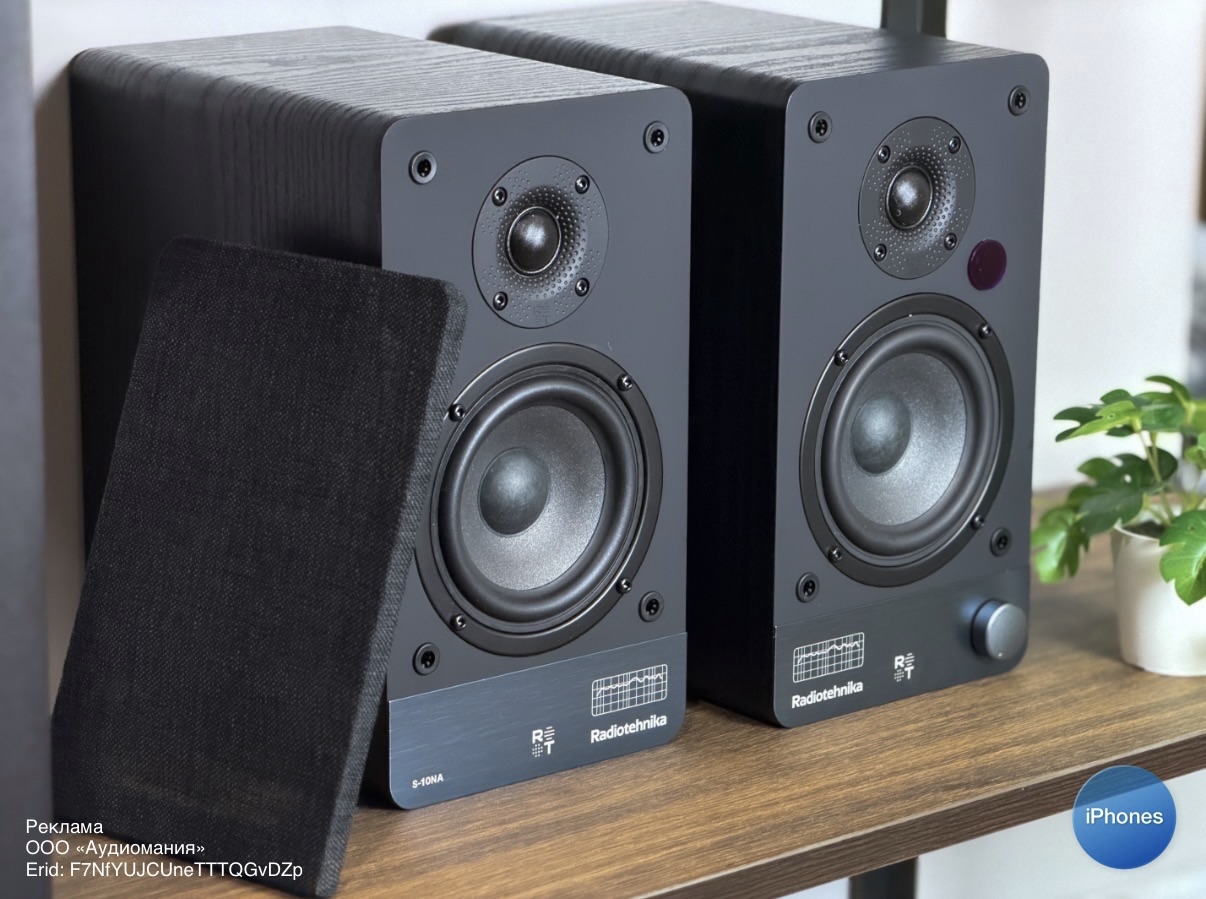
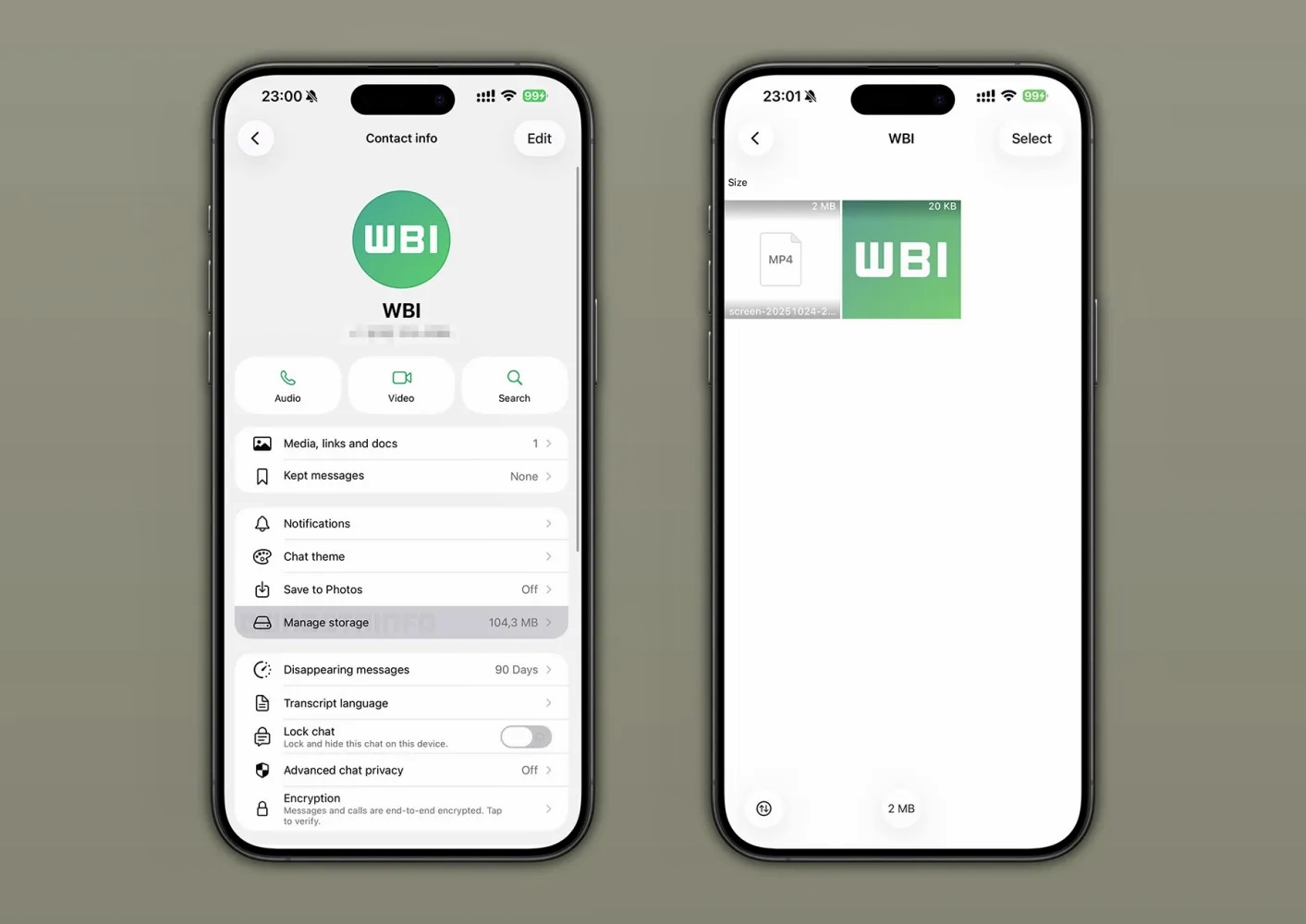
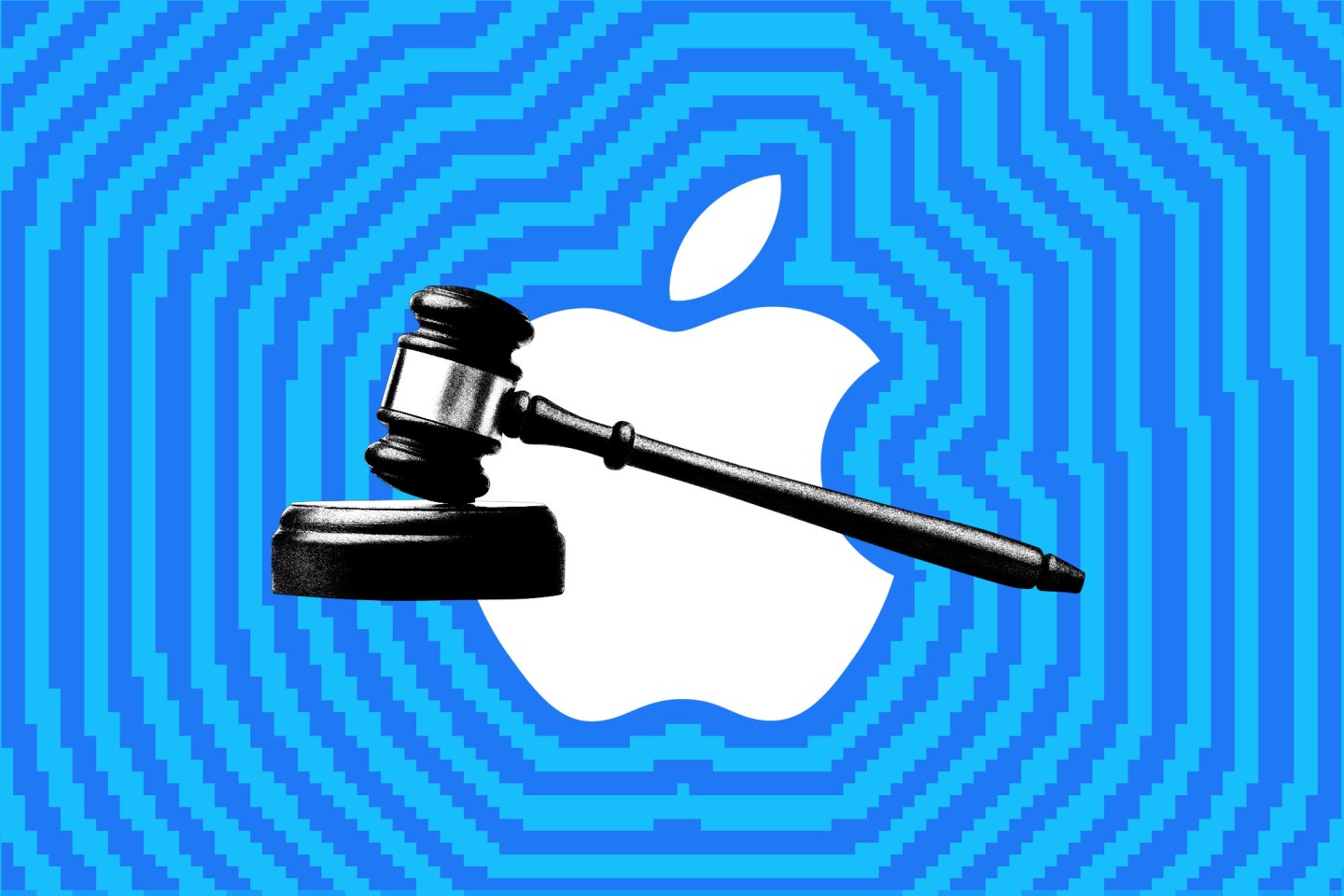


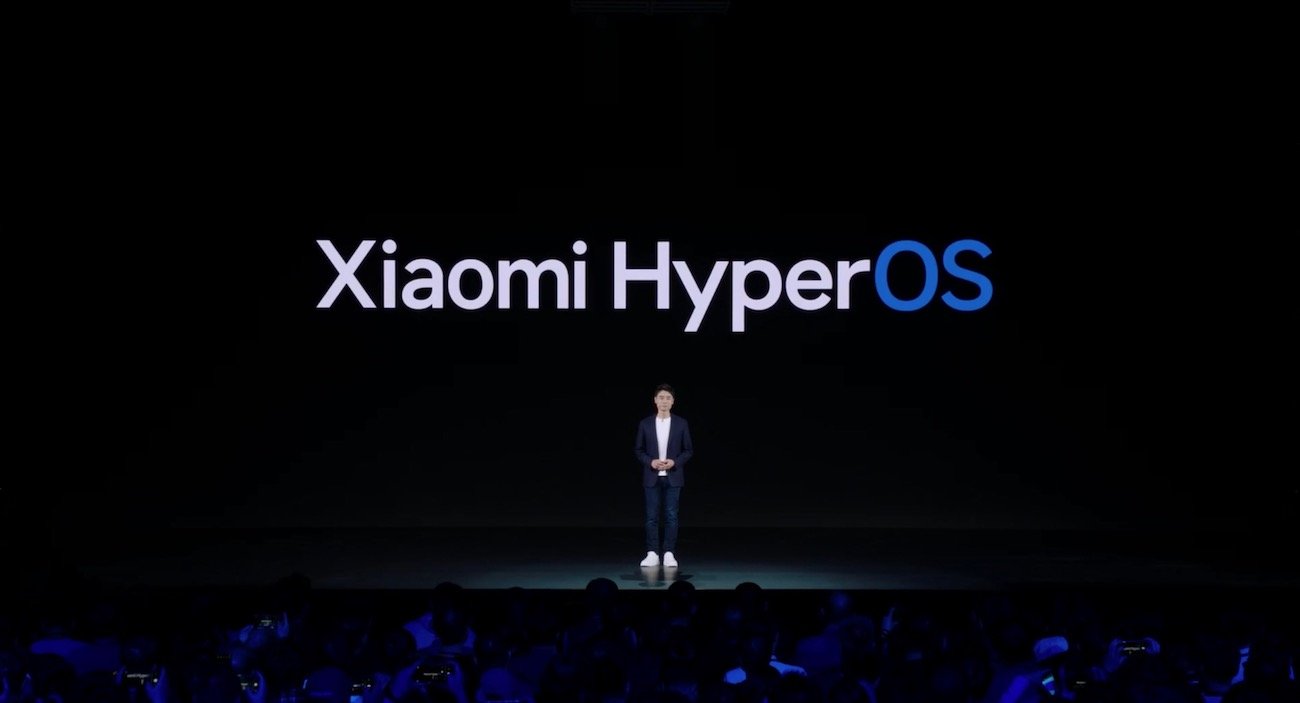
)
)
)
)
)
)





